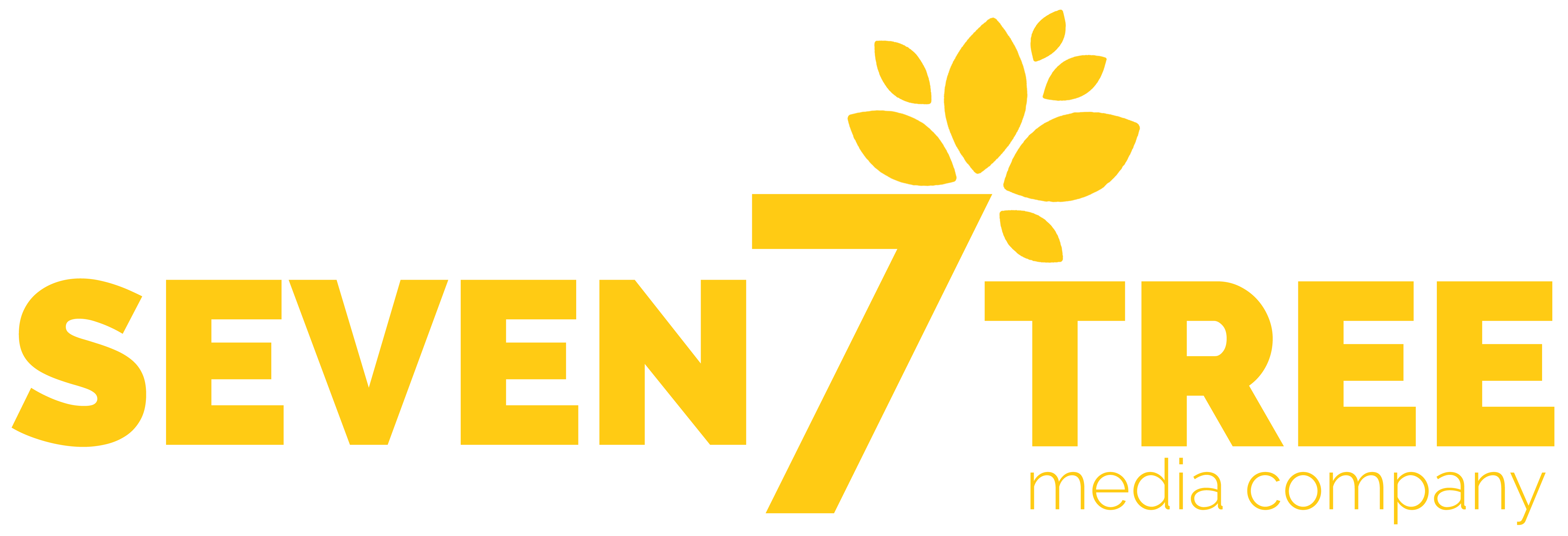It might seem obvious that software companies need to keep their customers happy, but “customer success” goes deeper than just satisfaction. It’s about ensuring that customers get maximum value from your product, stay longer, and advocate for your brand. That’s why software customer success hinges on more than friendly support, it depends heavily on having the right CRM (Customer Relationship Management) system in place.
The first step to scaling satisfaction into true success? Choosing a CRM that works as hard as your team does.
TL;DR: Curious What’s Inside? Here’s a Quick Look
- What’s the real meaning of software customer success today?
- How does a CRM turn scattered data into strategic gold?
- What features make a CRM a true success partner?
- Where are teams going wrong, and how can you avoid it?
- Want smoother onboarding, better renewals, and loyal customers? Start here.
More Than a Buzzword: What Is Software Customer Success, Really?
At its core, software customer success means helping users achieve the results they hoped for when they signed up. That means more than resolving bugs. It’s a proactive process, identifying needs, removing obstacles, and guiding users toward value long before they think to ask for help.
It’s not surprising that this proactive model has become central to how modern SaaS companies grow. The subscription economy is all about retention. If your customers aren’t succeeding, they won’t be renewing, and they definitely won’t be recommending you.
That’s where CRM comes in. A good CRM doesn’t just store contacts. It becomes your map, your radar, and your crystal ball. But let’s unpack why that is.
Wait, Isn’t CRM Just for Sales?
It used to be. CRMs began as sales tracking tools, pipelines, lead scoring, forecasting. That’s still important. But for software companies, especially SaaS, the CRM now acts as the central nervous system of customer success.
Instead of waiting for churn warnings, the right CRM helps you:
- Track feature usage and product adoption patterns
- Flag accounts that haven’t onboarded successfully
- Set automated health scores and success milestones
- Trigger proactive check-ins before issues arise
That’s no longer a sales job. That’s the front line of success.
And while many companies try to cobble this together from spreadsheets or separate tools, integrating it all into one CRM gives you a single source of truth. That’s where the real magic starts.
What Makes a CRM a True Success Enabler?
Okay, so not every CRM is up to the task. Some are clunky, outdated, or overly focused on deals and leads. If you’re serious about software customer success, look for features that support real-time insight, easy automation, and deep personalization.
These are the ingredients top-performing success teams can’t live without:
- 360° Customer View: You need more than a name and email. The right CRM pulls in billing data, support tickets, usage stats, renewal dates, and feedback, all in one place.
- Lifecycle Tracking: Every customer is on a journey. Your CRM should help map that journey, from onboarding to renewal, with alerts and nudges to keep everyone on track.
- Automated Playbooks: Success isn’t one-size-fits-all. A solid CRM lets you build smart workflows, so low-touch customers still get high-impact attention.
- In-Platform Communication Tools: Whether it’s an email nudge or an in-app notification, you want to meet users where they are, without switching platforms.
- Custom Health Scoring: A powerful CRM can help you define and calculate what “healthy” looks like for your product, and flag accounts slipping into danger zones.
Most importantly? Your CRM should feel like an extension of your success team, not just another dashboard collecting dust.
The CRM-Driven Benefits You Don’t Want to Miss
So, what happens when you match the right CRM with a customer success mindset? Some seriously game-changing outcomes:
You stop reacting and start predicting. You know which customers are likely to churn before they ghost you. You see the red flags in data, not just in complaints.
Your onboarding process gets sharper. No more vague progress emails, you know exactly where each user is in their journey and what they need next.
Renewals get easier. When your CRM shows you usage patterns, satisfaction scores, and past support history, renewals become an informed, value-driven conversation, not a guessing game.
Upselling feels helpful, not pushy. When you truly understand how a customer is using your product, recommending a higher tier or add-on feels like a natural next step.
But Here’s the Catch: One Size Doesn’t Fit All
There are tons of CRMs out there, from household names like Salesforce to leaner tools like HubSpot or GoHighLevel. Some are built for large sales teams; others are tailored specifically for success teams in the SaaS space.
That’s why choosing the right one isn’t about popularity. It’s about fit.
Some companies go wrong by picking a CRM that’s too complex, too generic, or too disconnected from their actual workflows. Others try to force their success strategy into a tool designed for something else entirely.
That’s like trying to track storm patterns with a pocket calculator. It might technically work, but it’s not going to save your ship in rough seas.
Common Mistakes That Undermine Customer Success
We’ve seen it before, and maybe you have too. Teams that mean well, but don’t quite get the setup right. Here are a few of the biggest CRM missteps when it comes to software customer success:
They treat the CRM like a static contact list. It’s not. It should be alive, full of signals, activity, and automation.
They don’t integrate it with product data. You can’t measure success if you don’t know how customers are actually using your tool.
They skip training. Even the best CRM can’t help if your team doesn’t know how to use it or doesn’t see its value.
They rely on gut instinct over health scores. Data-driven decisions beat hunches every time.
They wait for churn instead of preventing it. A proactive CRM strategy puts you ahead of the curve, not behind the eight ball.
Let’s Talk Implementation: How Do You Actually Use a CRM for Customer Success?
It’s not about plugging it in and walking away. A CRM is only as good as your ability to make it part of your workflow. So how do you get started without getting overwhelmed?
Start small. Identify your top three goals, like reducing churn, improving onboarding, or boosting upsells. Build CRM workflows around those first.
Pull in the right data. Connect your support tools, billing systems, and product usage platforms so your CRM becomes your single point of insight.
Train the team. Customer success isn’t just one person’s job. Everyone should understand how to read customer health scores and what action to take.
Set clear definitions. What does “at risk” look like? When is a customer ready for an upsell? Make sure your CRM reflects your real-world logic.
Build automations slowly. Start with a renewal reminder or onboarding checklist. Then scale up with smarter playbooks as you learn what works.
This isn’t an overnight switch. But done right, your CRM will become a lighthouse for your success team, always pointing them toward the customers who need them most.
Bonus: The Link Between CRM and Product Feedback
Here’s a piece most articles skip: your CRM isn’t just for tracking, it’s for listening.
When integrated with support tickets, in-app surveys, or feedback tools, your CRM becomes a source of voice-of-customer data. That can fuel smarter roadmap decisions, reveal confusing UX patterns, or surface bugs before they explode.
And when customers feel like they’re being heard, they stay. They trust that you’re evolving the product based on their needs. That’s powerful loyalty fuel.
So in a way, your CRM is also your bridge between product and people. Use it wisely.
Curious How the Right CRM Can Transform Your Success Metrics?
You’re not alone. More and more SaaS companies are waking up to the fact that customer success isn’t a side project, it’s the engine of growth. And that engine runs better when you’re fueled by the right insights, tools, and strategy.
The key is aligning your team, your data, and your systems under one roof. A well-implemented CRM doesn’t just keep you organized, it helps you move faster, respond smarter, and build lasting relationships.
If your CRM isn’t doing that right now, it might be time to rethink the setup. And if you’re just getting started, there’s never been a better moment to build it the right way from day one.
Need help choosing or setting up the perfect CRM for software customer success?
Contact Us, we’re here to help you turn your customer experience into your strongest growth channel.
Key Takeaways
- Software customer success is about helping users reach their goals, not just solving problems.
- The right CRM is essential for tracking, automating, and scaling that success.
- Choose a CRM with features like health scoring, lifecycle tracking, and in-platform communication.
- Avoid common missteps like ignoring integrations, undertraining staff, or waiting for churn to strike.
- When set up correctly, a CRM becomes your best tool for proactive, personalized, and predictive customer success.

